Ergodic Tendencies in Sub-Systems Coupled to Finite Reservoirs—Classical and Quantal
Abstract
1. Introduction
The Models
2. Classical: Oscillators
2.1. Ensemble Construction
2.2. The Visiting Number
2.3. in the Ensemble Average
Partial Summary
- (1)
- vanishes outside a central circular region in the plane, This is, of course, a trivial consequence of the upper bound of the energies in the finite model, alterable only by increase of N.
- (2)
- is (approximately) circularly symmetric and its values are functions of the energies . (Recall that masses and bare frequencies are in the model unity.) With momenta containing also a time dimension, in contrast to the displacements, it seems that this result indicates that the visiting numbers and cumulative sojourn times are commensural, and the system is not subject to what is termed “weakly breaking ergodicity” [21,22,23,24,25,26], in which the two are distinguished.
- (3)
- is neither monotonic nor uniform along a radial ray (this is not a two dimensionality effect), with a dip at low energies. Whereas the drop at high energies is due to the upper-boundedness of our finite system, the sharp initial rise is remarkable and we wish to claim on the basis of this, that, if in any ensemble averaging the points along a radial ray possess identical measures (as is usually deemed), then for a time integration to be equivalent to that, time durations with low energies must be compensated by an enhancing factor. (The next section argues this from a very different perspective).
2.4. Energy Distribution of NV
3. Quantal: Spins
3.1. Density of Reservoir-States
3.2. A Time-Dependent Configuration Number Argument
4. Discussion
Funding
Acknowledgments
Conflicts of Interest
Appendix A. Proof of Ensemble Construction Rule in Equation (5)
Appendix B. Parameter Dependencies of the Visiting Number NV

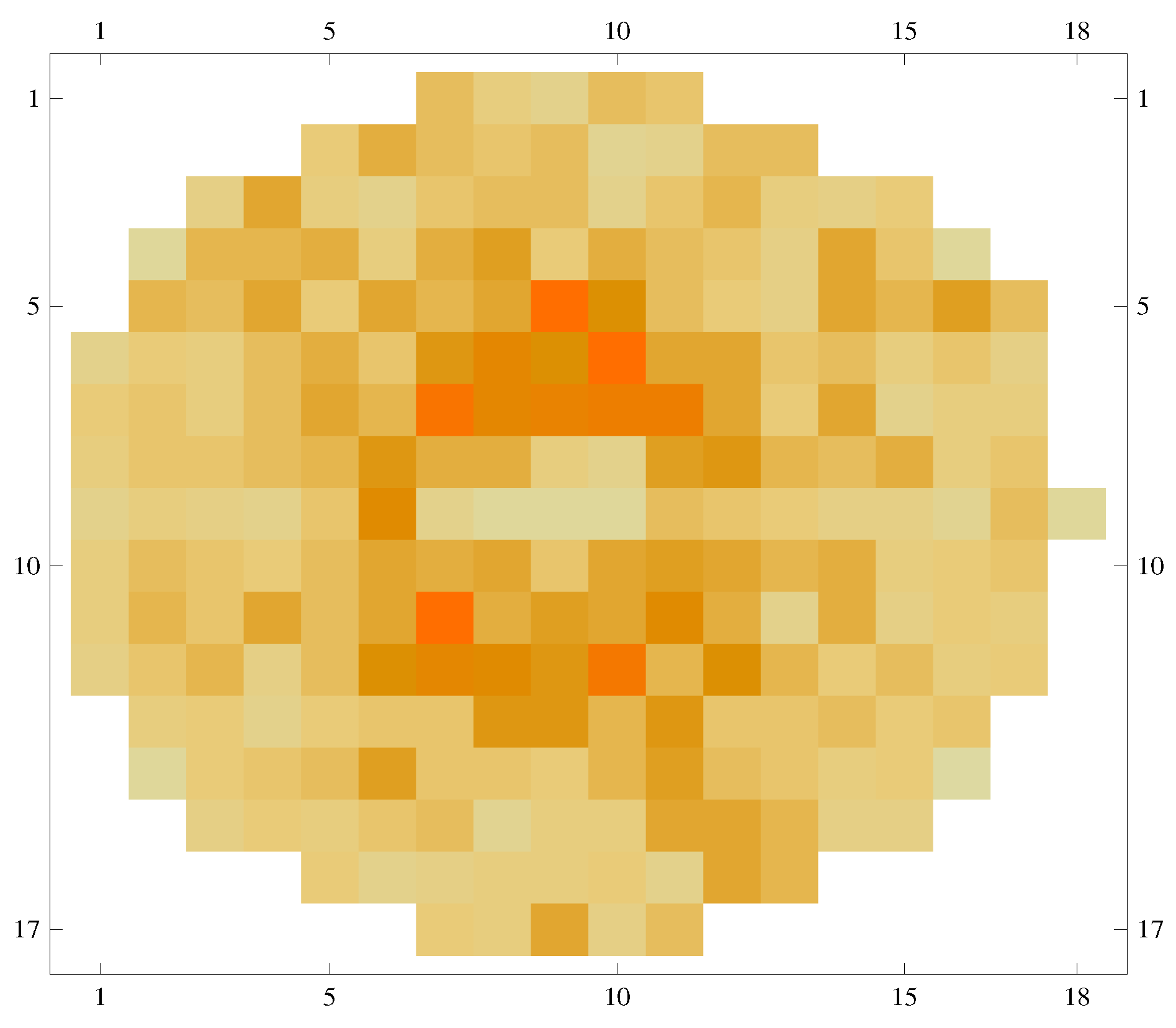
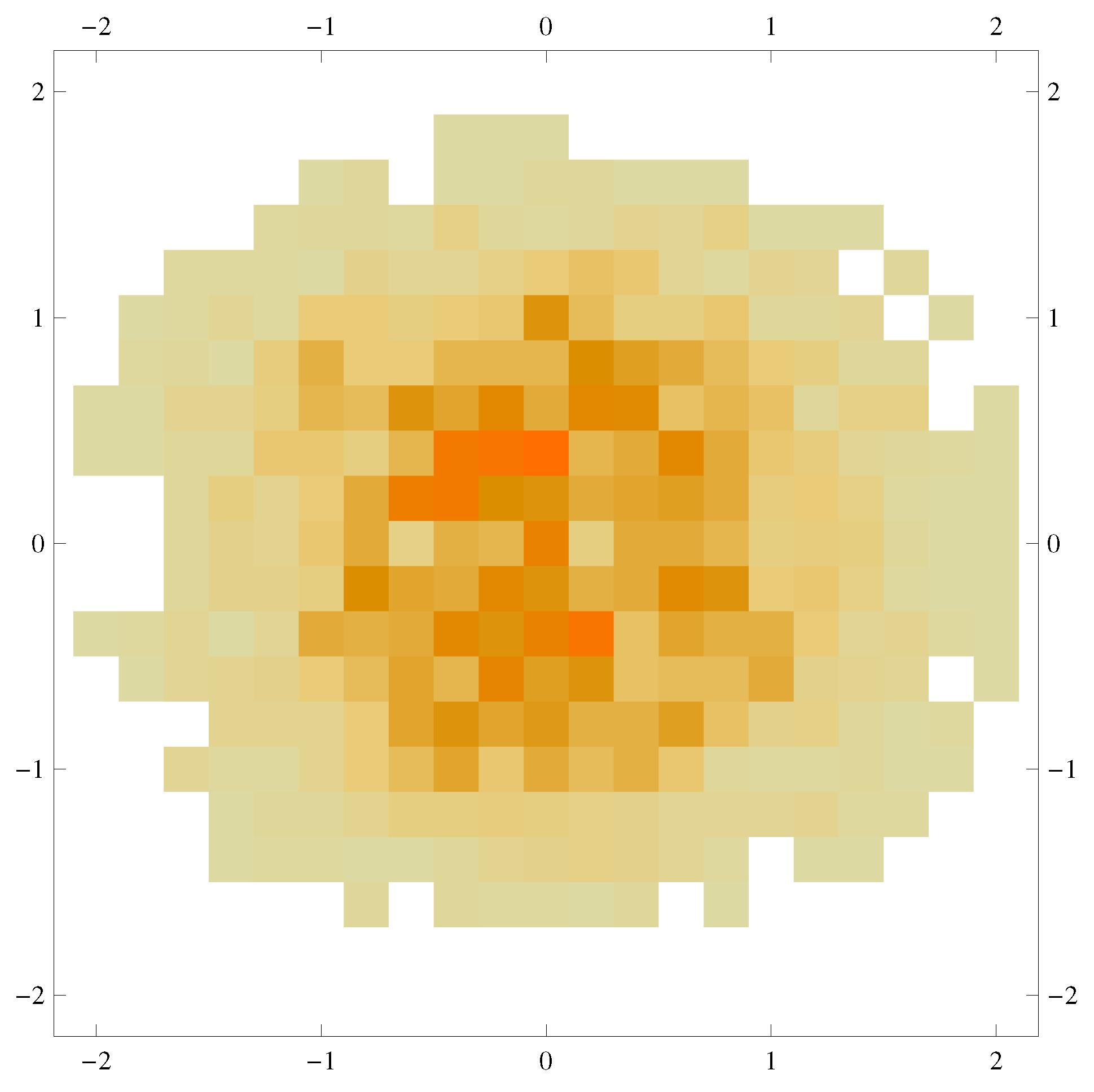
References
- Farquhar, I.E. Ergodic Theory. In Statistical Mechanics: Interscience; Wiley: London, UK, 1964; Chapter 2. [Google Scholar]
- Ruelle, D. Ergodic theory of differentiable dynamic systems. Publ. Math. Inst. Hautes éTudes Sci. 1979, 50, 27–58. [Google Scholar] [CrossRef]
- Earman, J.; Rédei, M. Why ergodic theory does not explain the success of Statistical Mechanics? Br. J. Phil. Sci. 1996, 47, 63–78. [Google Scholar] [CrossRef]
- Malament, D.B.; Zabell, S.L. Why Gibbs averages work -True role of ergodic theory. Philos. Sci. 1980, 47, 339–349. [Google Scholar] [CrossRef]
- Moore, C.E. Ergodic theorem, ergodic theory and statistical mechanics. Proc. Natl. Acad. Sci. USA 2015, 112, 1907–1992. [Google Scholar] [CrossRef]
- Morasaagh, R.; Schenker, J. Theory of ergodic processes. arXiv 2020, arXiv:2034.14397v2. [Google Scholar]
- Szasz, D. Boltzmann’s Ergodic Hypothesis; Preprint ESI: Wien, Austria, 1994; unpublished. [Google Scholar]
- Sarig, O.M. Lecture Notes on Ergodic Theory (Lecture Notes 2009). 2009. Available online: https://citeseerx.ist.psu.edu/viewdoc/download?doi=10.1.1.218.752&rep=rep1&type=pdf (accessed on 1 October 2020).
- Lee, M.H. Long time behavior, Hermitian modes, Birkhoff’s theorem, many-body response functions and the ergodic condition. Phys. Rev. Lett. 2007, 98, 110403-6. [Google Scholar] [CrossRef]
- Lee, M.H. Local dynamics in an infinite harmonic chain. Symmetry 2016, 8, 22. [Google Scholar] [CrossRef]
- Von Neumann, J. Proof of the quasi-ergodic hypothesis. Proc. Natl. Acad. Sci. USA 1932, 18, 263–266. [Google Scholar] [CrossRef]
- Birkhoff, G.P. Proofs of the ergodic theorem. Proc. Natl. Acad. Sci. USA 1931, 17, 656–660. [Google Scholar] [CrossRef]
- Poincaré, H. Sur le probleme des trois corps et les equations de la dynamique. Acta Math. 1890, 13, A3–A270. [Google Scholar]
- Boltzmann, L. Uber die mechanishen Analogien der zweiten Haupsatzes der Thermodynamik. J. Math. 1887, 1887, 201–212. [Google Scholar]
- Oxtoby, J.; Ulam, S. Measure preserving homeomorphisms and metrical transitivity. Ann. Math. 1974, 42, 874–920. [Google Scholar] [CrossRef]
- Paulus, M.P.; Goyer, M.A.; Gold, L.; Mandell, A.J. Application of entropy measures derived from the ergodic theory of dynamical systems to rat locomotive behavior. Proc. Natl. Acad. Sci. USA 1990, 87, 723–727. [Google Scholar] [CrossRef] [PubMed]
- Englman, R.; Yahalom, A. Partial decoherence and thermalization through time-domain ergodicity. Phys. Rev. A 2013, 87, 052123. [Google Scholar] [CrossRef]
- Englman, R.; Yahalom, A. Open systems’ density matrix properties in a time coarsened formalism. Found. Phys. 2015, 45, 673–690. [Google Scholar] [CrossRef]
- Ehrenfest, P.; Ehrenfest, T. Begriffliche Grundlagen der statistishen Auffassung in der Mechanik. Ann. Math. Wiss. 1912, 2, 10–13. [Google Scholar]
- Ehrenfest, P.; Ehrenfest, T. The Conceptual Foundations of the Statistical Approach in Mechanics; Moravcsik, M., Translator; Cornell University Press: Ithaca, NY, USA, 1959. [Google Scholar]
- Bouchaud, J.P. Weak ergodicity breaking. J. Phys. 1992, 2, 1705–1710. [Google Scholar]
- Bel, G.; Barkai, E. Weak ergodicity breaking with deterministic dynamics. Europhys. Lett. 2006, 74, 15–20. [Google Scholar] [CrossRef][Green Version]
- Margolin, G.; Barkai, E. Nonergodicity of a time series obeying Levy statistics. J. Stat. Phys. 2006, 122, 137–167. [Google Scholar] [CrossRef]
- Bel, G.; Barkai, E. Weak ergodicity breaking in the continuous time random walk. Phys. Rev. Lett. 2006, 94, 24602. [Google Scholar] [CrossRef]
- Rebenstock, A.; Barkai, E. Distribution of time-averaged observables for weak ergodicity breaking. Phys. Rev. Lett. 2009, 99, 210601. [Google Scholar] [CrossRef] [PubMed]
- Turner, C.J.; Michailidis, A.A.; Abadin, D.A.; Serbyn, H.M.; Papir, Z. Weakly breaking of ergodicity. Nat. Phys. 2018, 14, 745–748. [Google Scholar] [CrossRef]
- Gu, M.; Wiesner, K.; Rieper, E.; Vedral, V. Quantum mechanics can reduce the complexity of classical models. Nat. Commun. 2012, 3, 1–5. [Google Scholar] [CrossRef] [PubMed]
- Zhou, H.; Choi, J.; Choi, S.; Landig, R.; Douglas, A.M.; Isoya, J.; Jelezko, F.; Onoda, S.; Sumiya, H.; Cappellaro, P.; et al. Quantum metrology with strongly interacting spin systems. Phys. Rev. X 2020, 10, 031003. [Google Scholar] [CrossRef]
- Qiao, H.; Kandel, Y.P.; Deng, K.; Fallahi, S.; Gardner, G.C.; Manfra, M.J.; Barnes, E.; Nichol, J.M. Coherent multispin exchange coupling in a quantum-dot spin chain. Phys. Rev. X 2020, 10, 031006. [Google Scholar]
- Deutsch, J.M. Quantum statistical mechanics in a closed system. Phys. Rev. A 1991, 43, 2046–2049. [Google Scholar] [CrossRef]
- Srednicki, M. Chaos and quantum thermalization. Phys. Rev. E 1994, 50, 888–901. [Google Scholar] [CrossRef]
- Tasaki, H. From quantum mechanics to the canonical distribution: General picture and a rigorous example. Phys. Rev. Lett. 1998, 80, 1373–1376. [Google Scholar] [CrossRef]
- Rigol, M.; Dunjko, V.; Olshani, M. Thermalization and its mechanism for generic isolated quantum systems. Nature 2008, 452, 854–858. [Google Scholar] [CrossRef]
- Popescu, S.; Short, A.J.; Winter, A. Entanglement and the foundations of statistical mechanics. Nat. Phys. 2006, 2, 754–758. [Google Scholar] [CrossRef]
- Linden, N.; Popescu, S.; Short, A.J.; Winter, A. Quantum mechanical evolution towards thermal equilibrium. Phys. Rev. A 2009, 79, 061103. [Google Scholar] [CrossRef] [PubMed]
- Sirker, J.; Konstantinidis, N.P.; Andrashko, F.; Sedlmayer, N. Localization and thermalization in closed quantum mechanical systems. arXiv 2013, arXiv:1303.3064v3. [Google Scholar]
- Alba, V. Eigenstate thermalization hypothesis (ETH) and integrability in quantum spin chains. arXiv 2013, arXiv:1409.6096 v1. [Google Scholar]
- Beugeling, W.; Moessner, R.; Haque, M. Finite size scaling of eigensate thermalization. Phys. Rev. E 2014, 89, 042112. [Google Scholar] [CrossRef] [PubMed]
- Breuer, H.P.; Petruccione, F. The Theory of Open Quantum Systems; Oxford University Press: Oxford, UK, 2007. [Google Scholar]
- Lanting, T.; Przybysz, A.J.; Smirnov, A.Y.; Spedalieri, F.M. Entanglement in a quantum annealing processor. Phys. Rev. X 2014, 4, 02104. [Google Scholar] [CrossRef]
- Bertana, S.; Gambarelli, S.; Mitra, T.; Tsukerblat, B.; Müller, A.; Barbara, B. Quantum oscillations in a molecular magnet. Nature 2008, 453, 203–206. [Google Scholar] [CrossRef]
- Rechtman, P.; Penrose, O. Continuity of the temperature and derivation of the Gibbs canonical distribution in classical statistical mechanics. J. Stat. Phys. 1978, 19, 359–366. [Google Scholar] [CrossRef]
- Leggett, A.J.; Chakravarty, S.; Dorsay, A.P.; Fisher, M.P.A.; Garg, A.; Zwerger, W. Dynamics of the dissipative two-level system. Rev. Mod. Phys. 1987, 59, 1. [Google Scholar] [CrossRef]
- Irish, E.K.; Gea-Banacloche, J.; Martin, I.; Schwab, K.C. Dynamics of a two-level system strongly coupled to a high-frequency quantum oscillator. Phys. Rev. B 2005, 72, 195410. [Google Scholar] [CrossRef]
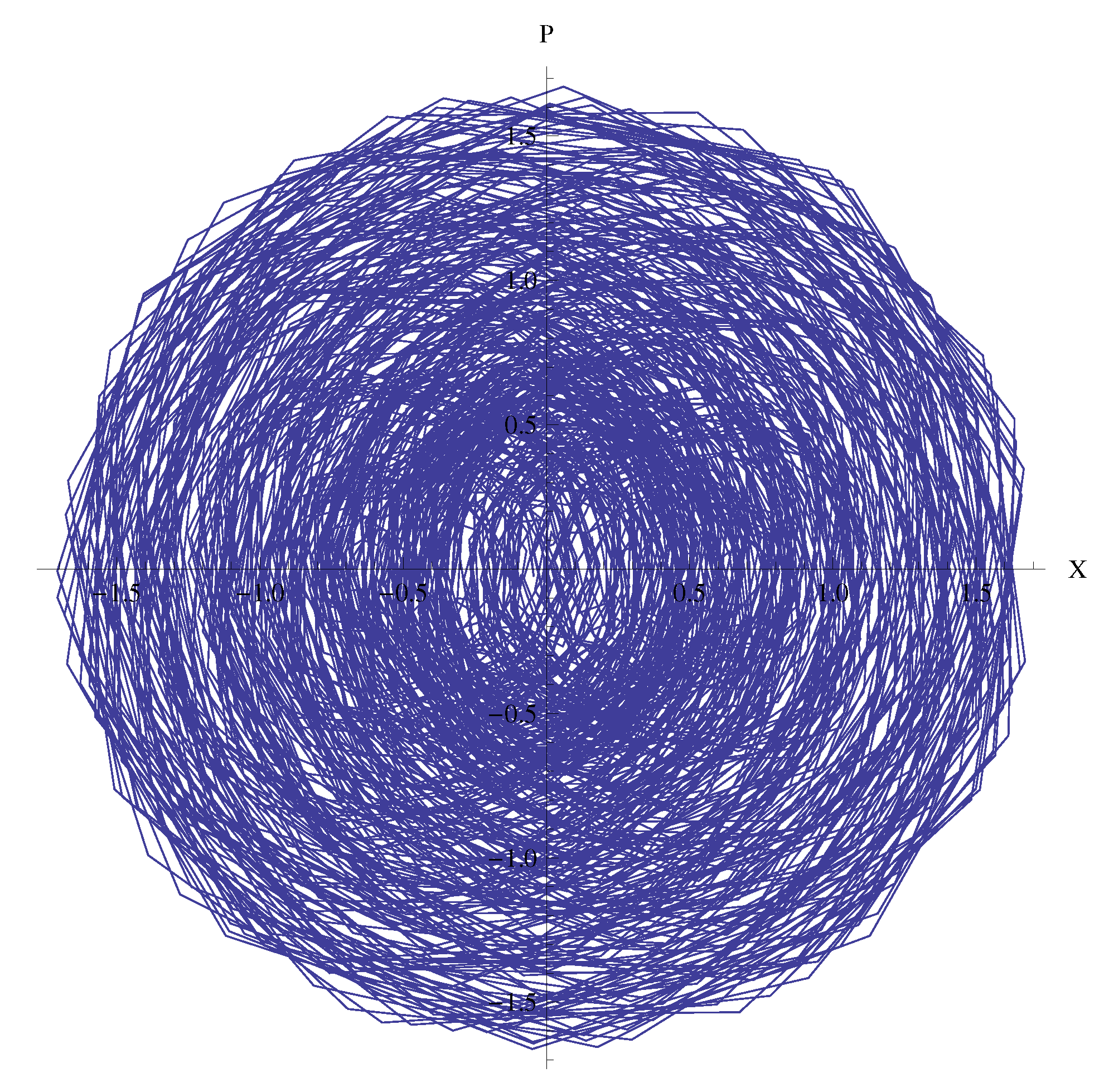
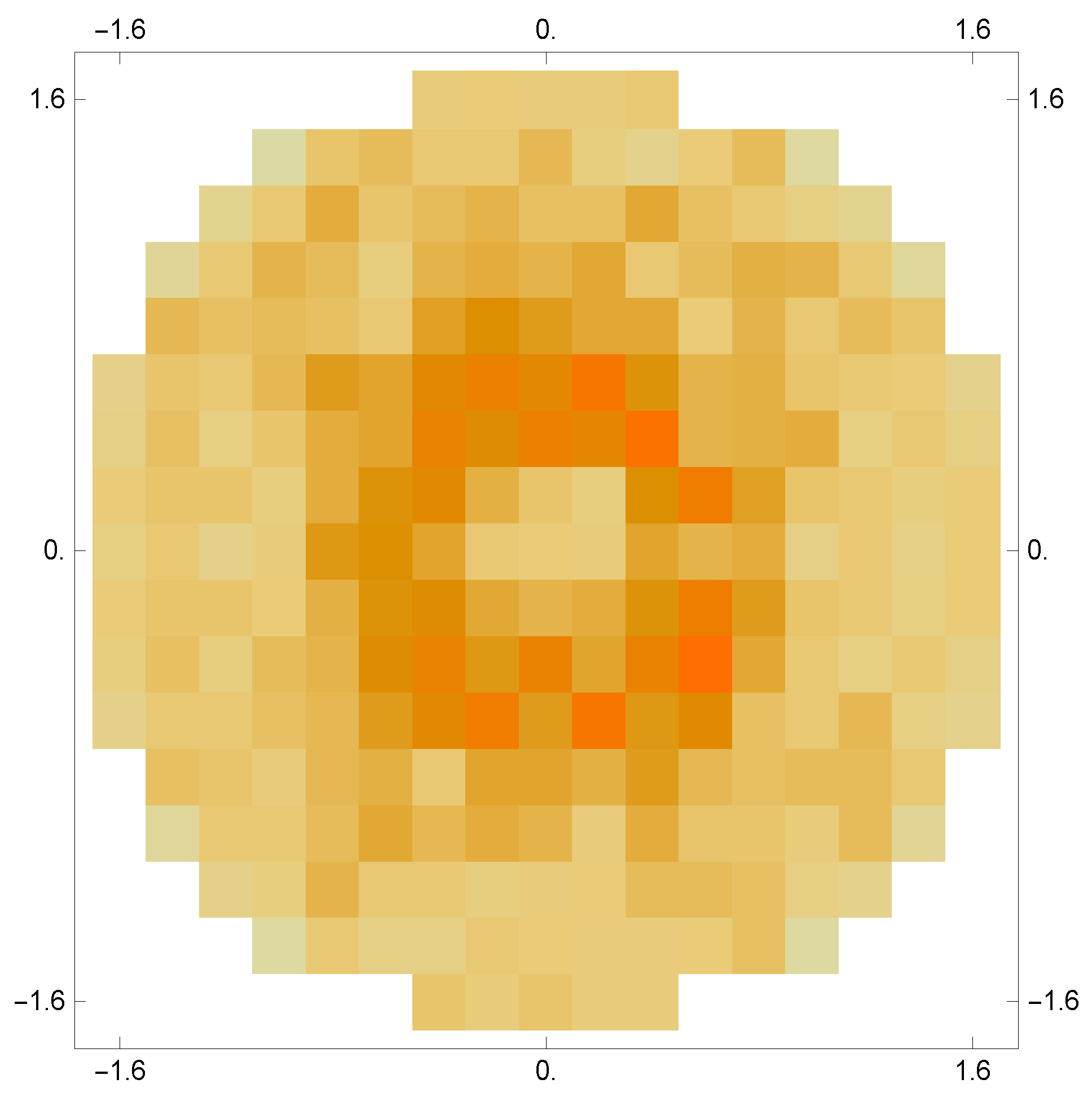
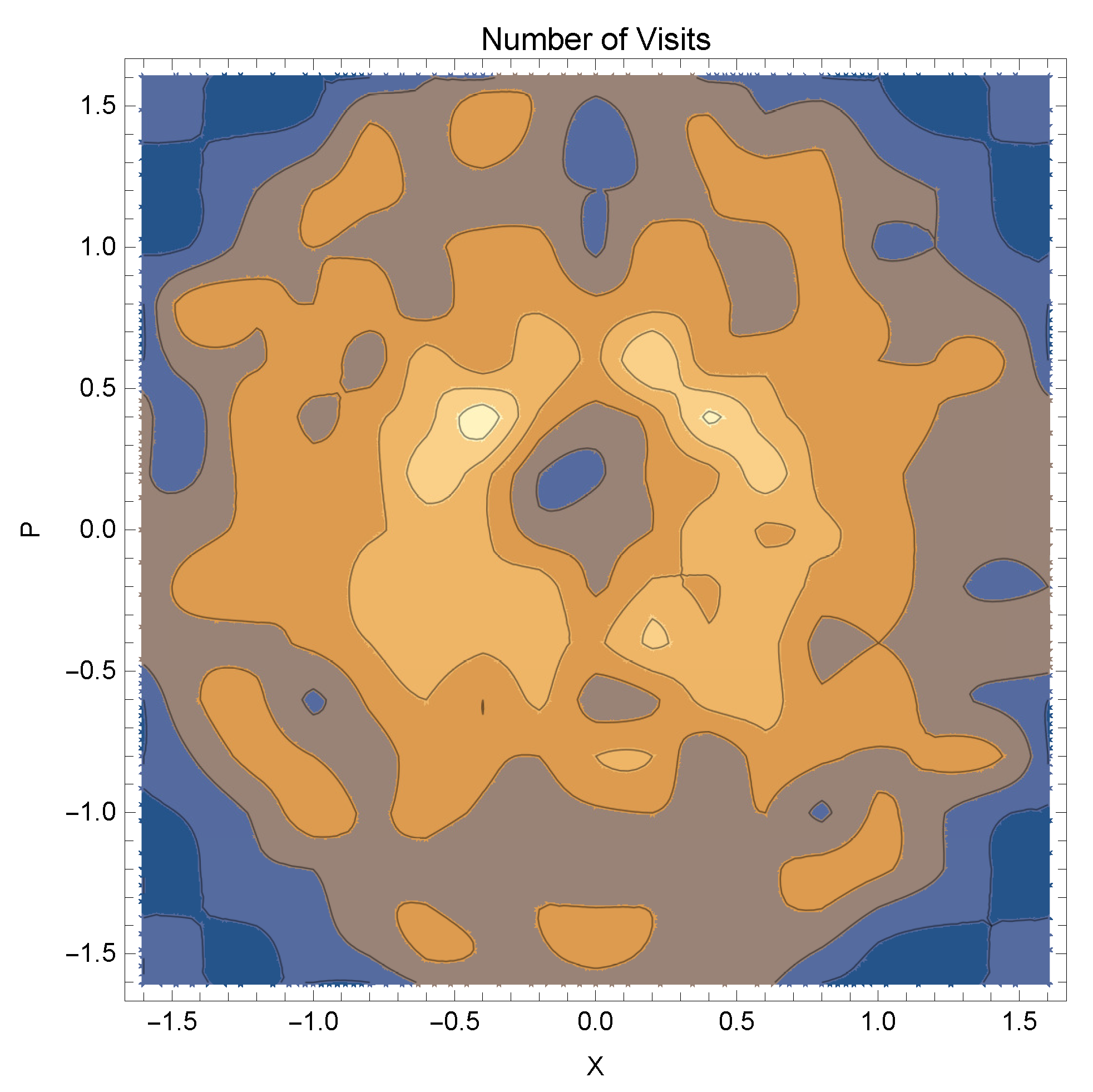
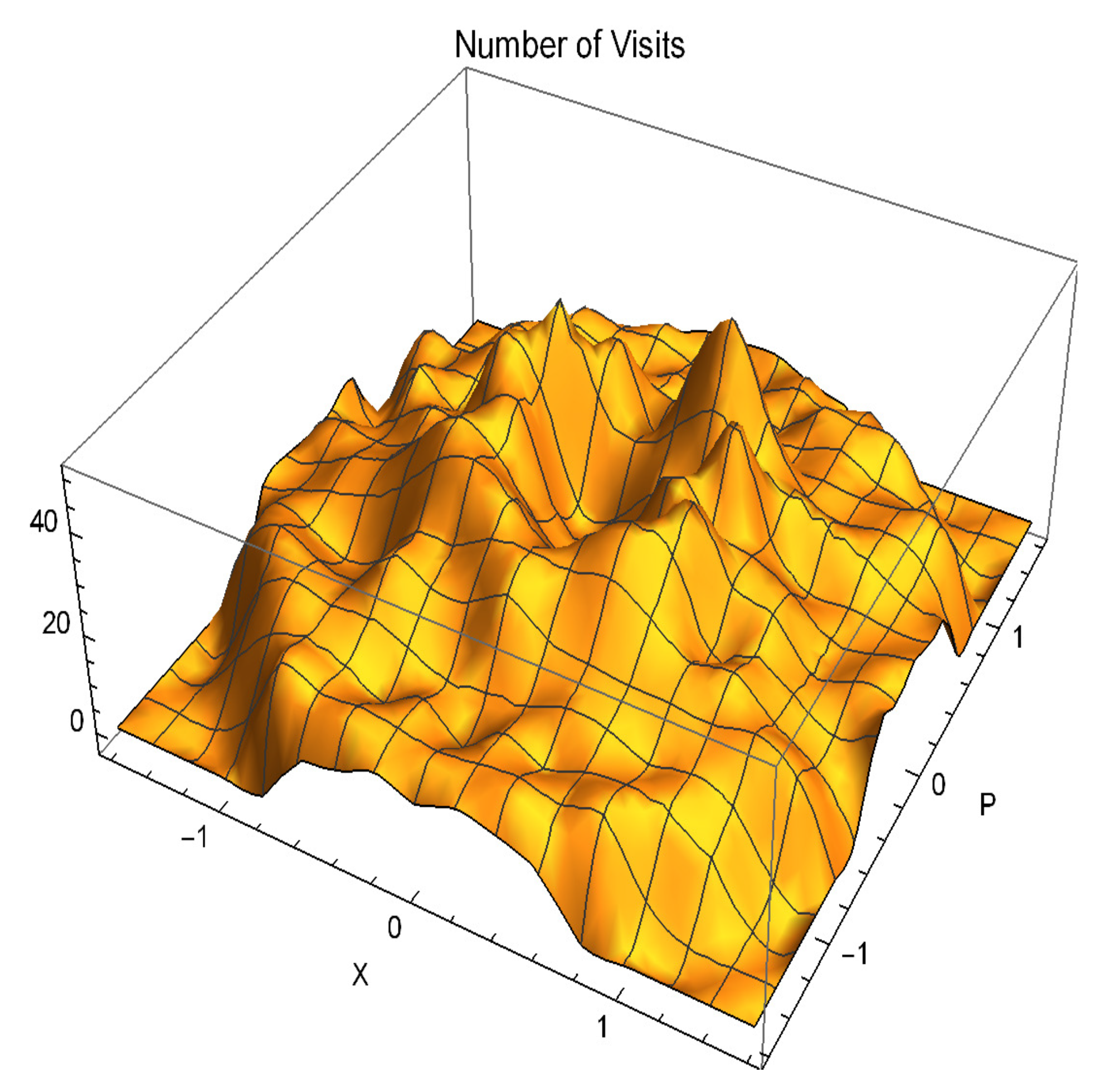
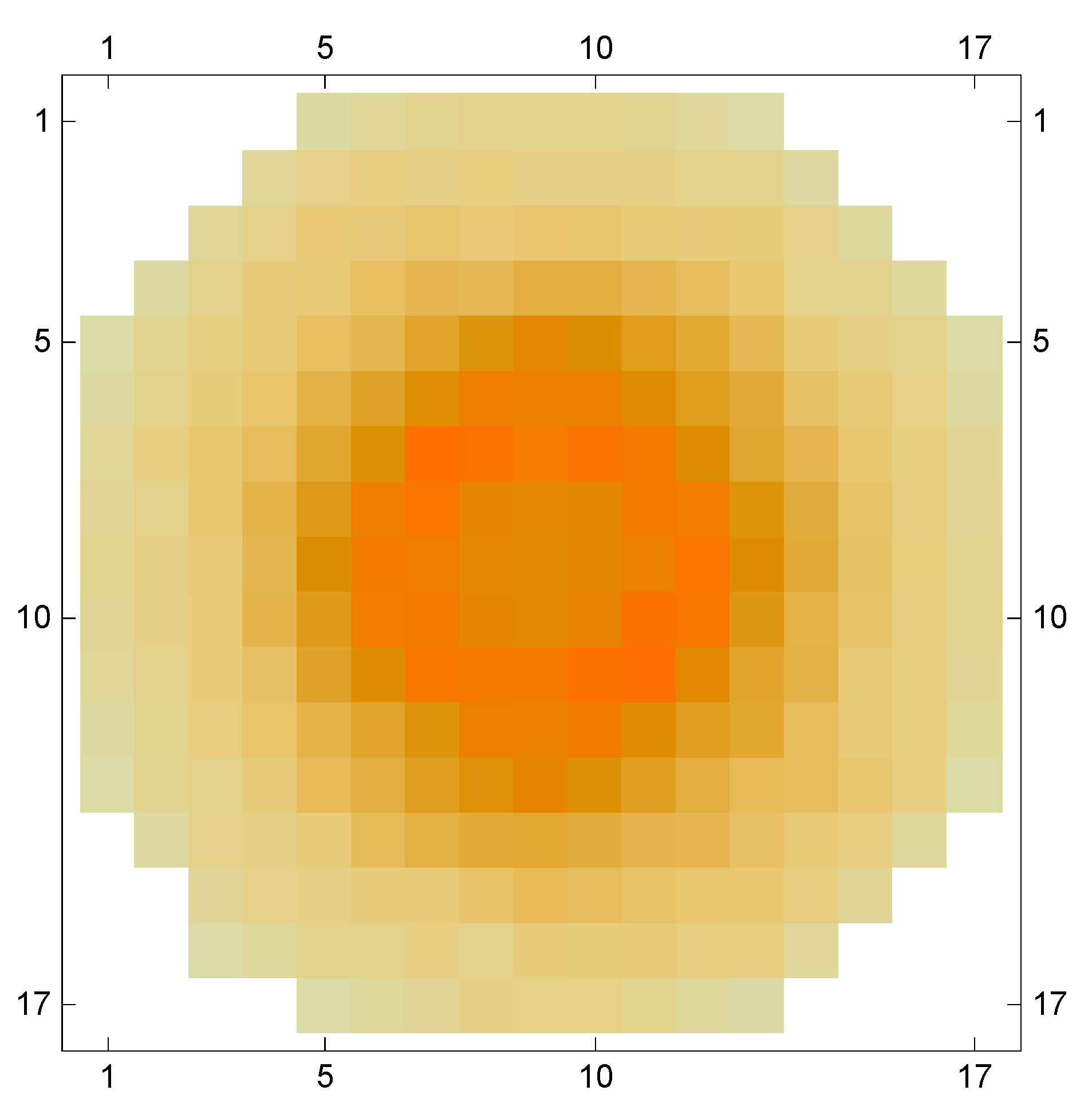
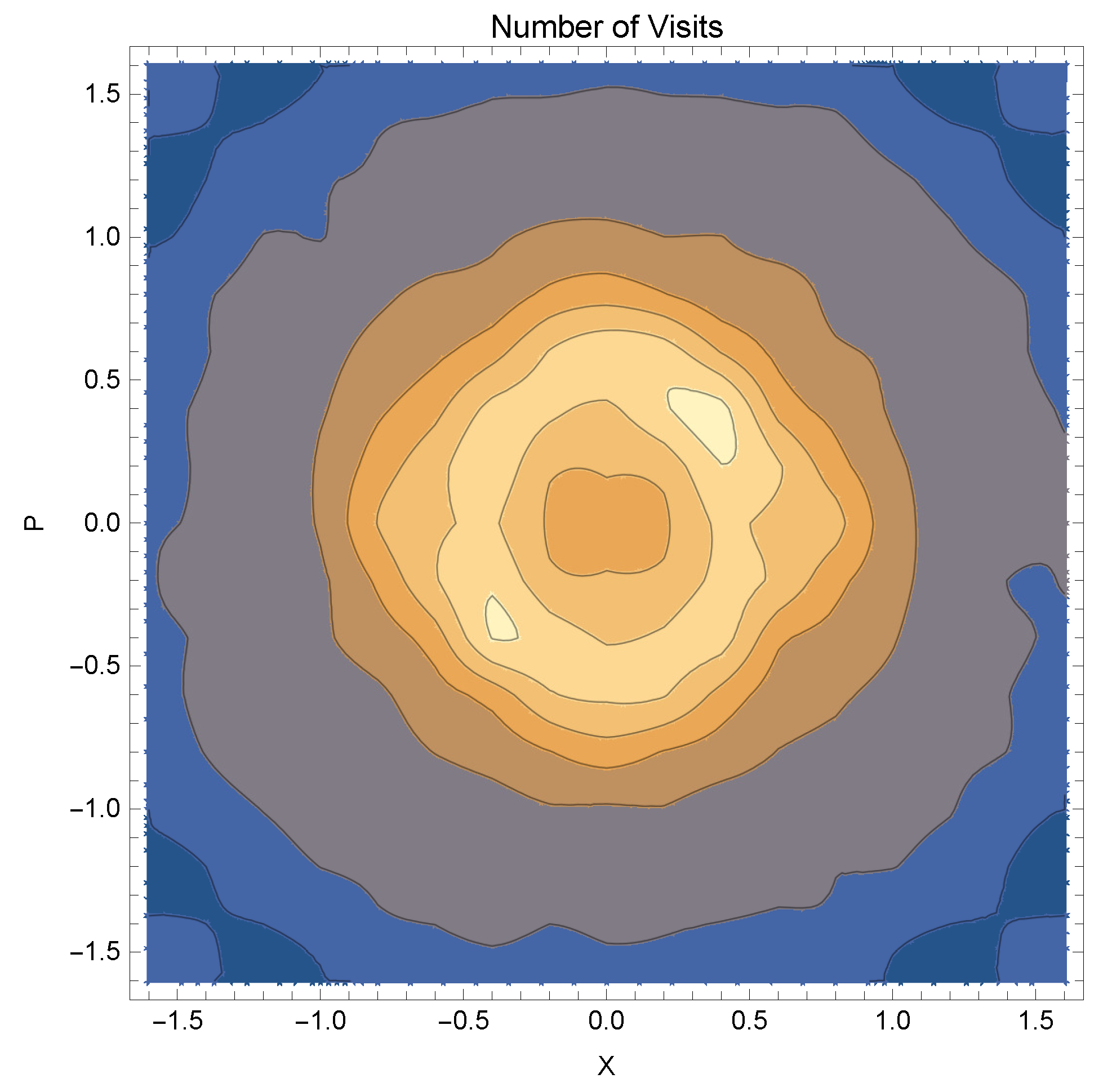
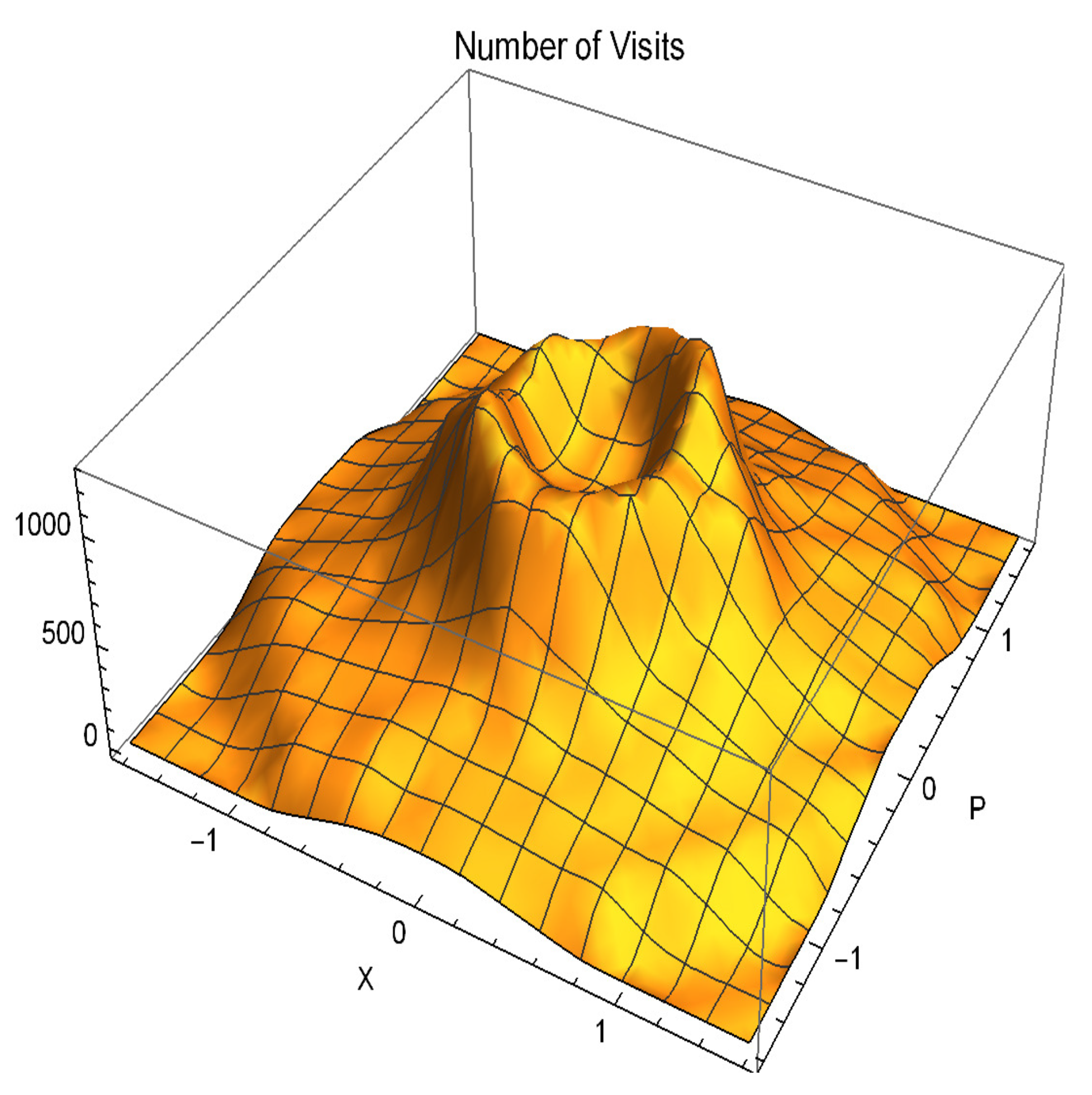
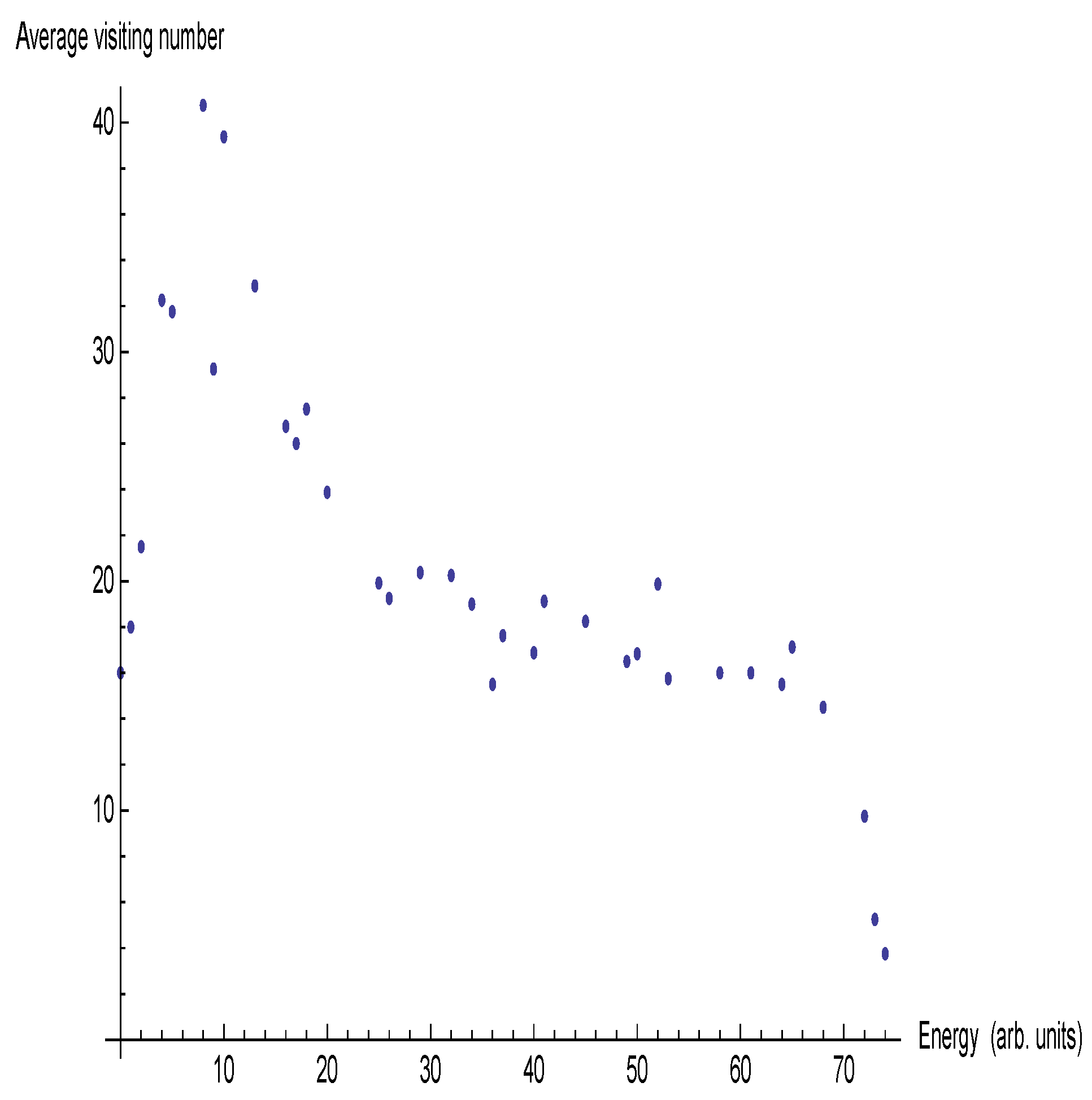

© 2020 by the author. Licensee MDPI, Basel, Switzerland. This article is an open access article distributed under the terms and conditions of the Creative Commons Attribution (CC BY) license (http://creativecommons.org/licenses/by/4.0/).
Share and Cite
Englman, R. Ergodic Tendencies in Sub-Systems Coupled to Finite Reservoirs—Classical and Quantal. Symmetry 2020, 12, 1642. https://doi.org/10.3390/sym12101642
Englman R. Ergodic Tendencies in Sub-Systems Coupled to Finite Reservoirs—Classical and Quantal. Symmetry. 2020; 12(10):1642. https://doi.org/10.3390/sym12101642
Chicago/Turabian StyleEnglman, Robert. 2020. "Ergodic Tendencies in Sub-Systems Coupled to Finite Reservoirs—Classical and Quantal" Symmetry 12, no. 10: 1642. https://doi.org/10.3390/sym12101642
APA StyleEnglman, R. (2020). Ergodic Tendencies in Sub-Systems Coupled to Finite Reservoirs—Classical and Quantal. Symmetry, 12(10), 1642. https://doi.org/10.3390/sym12101642



